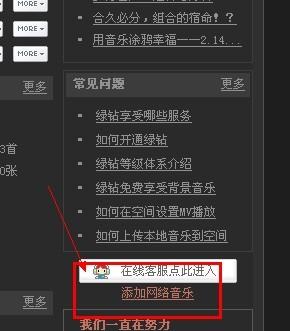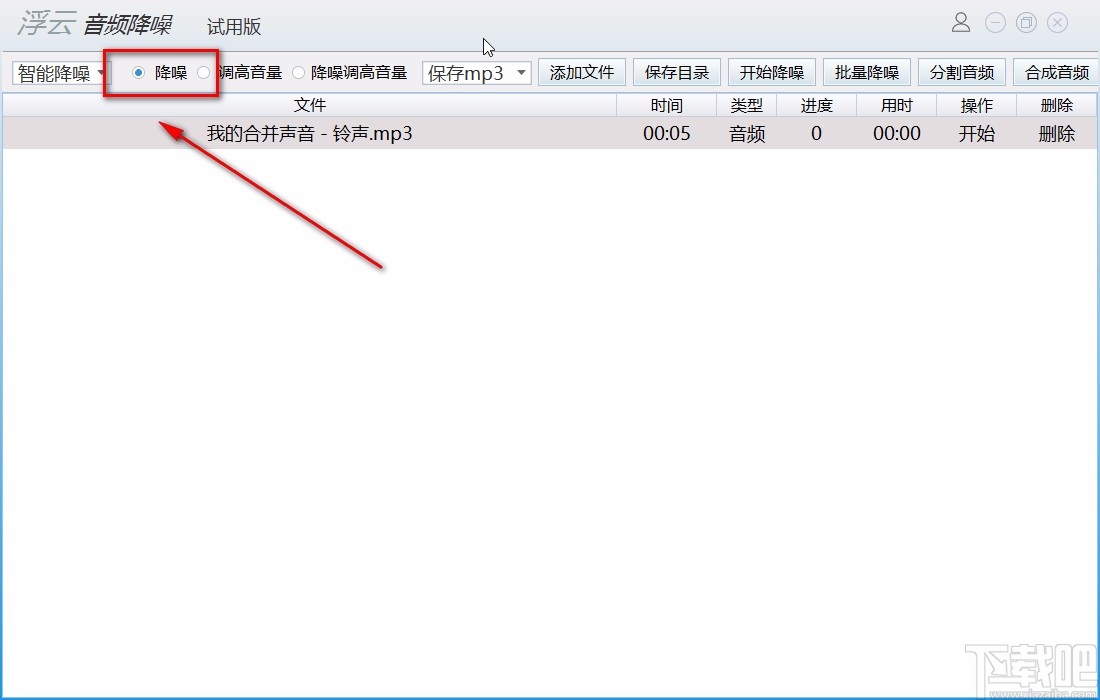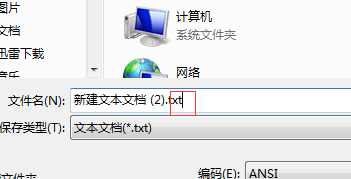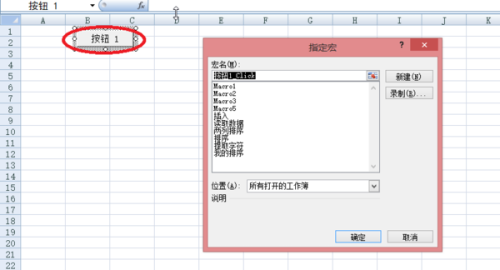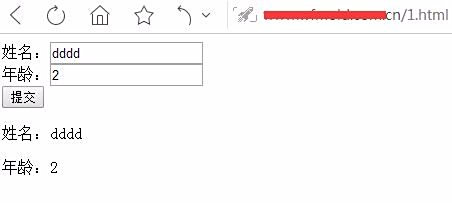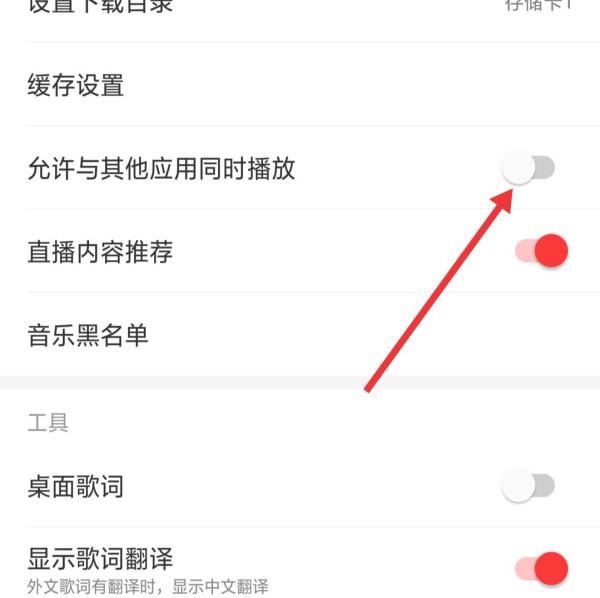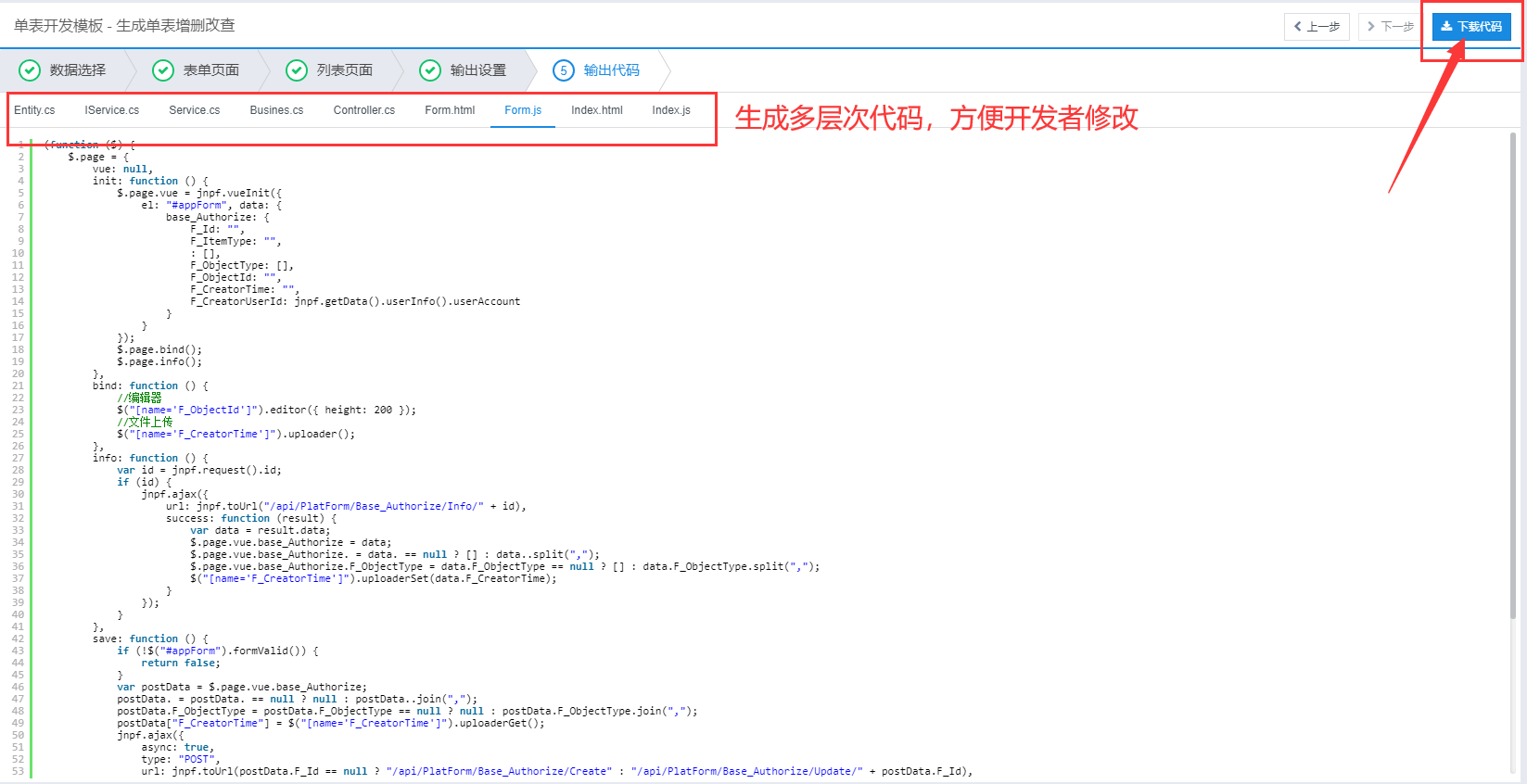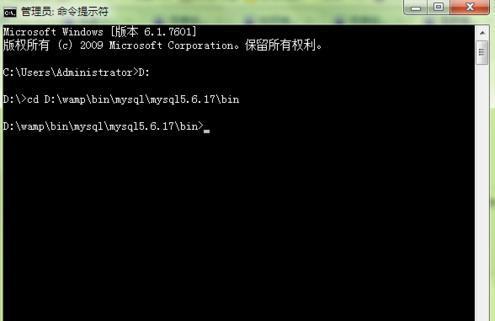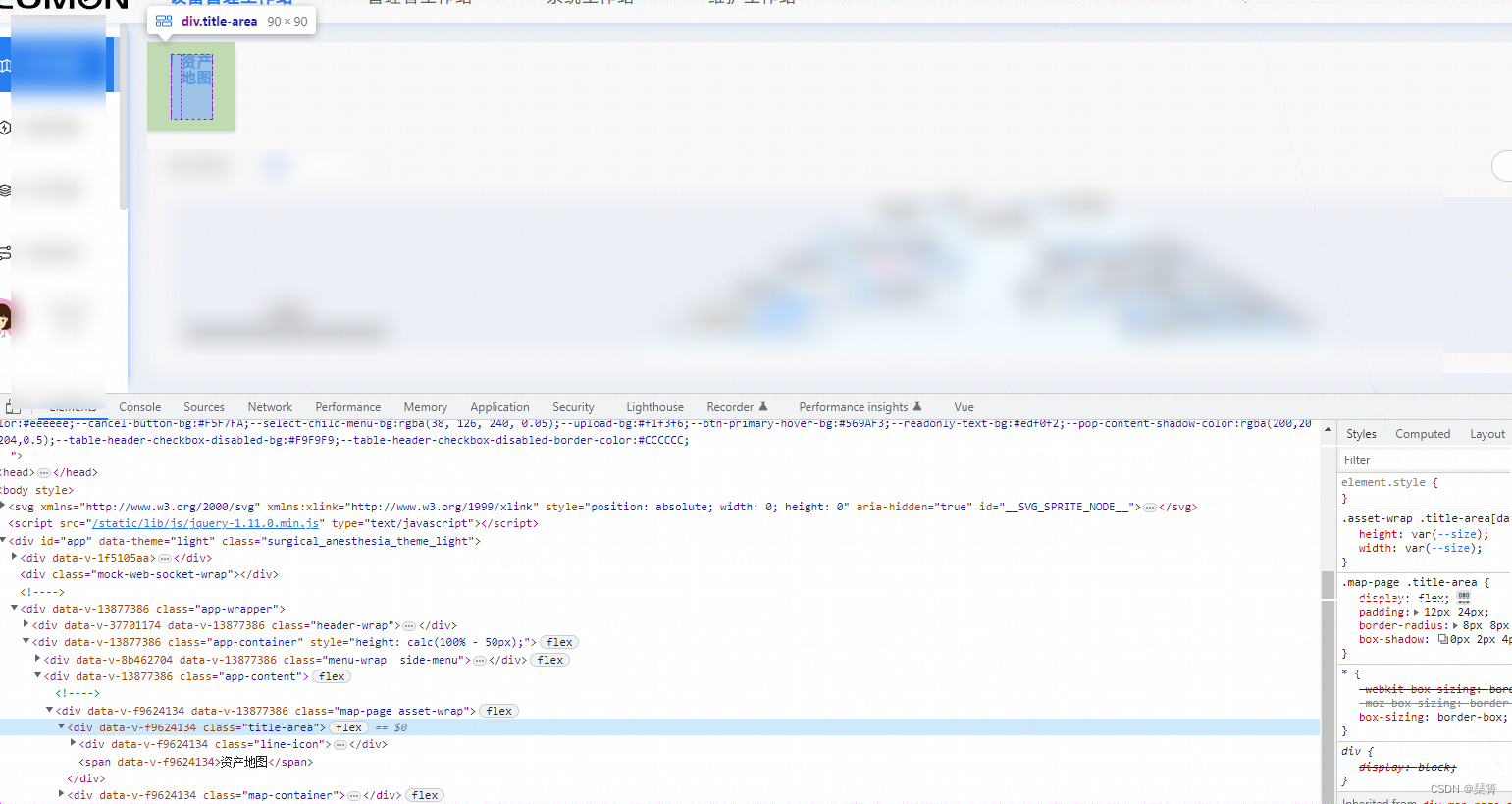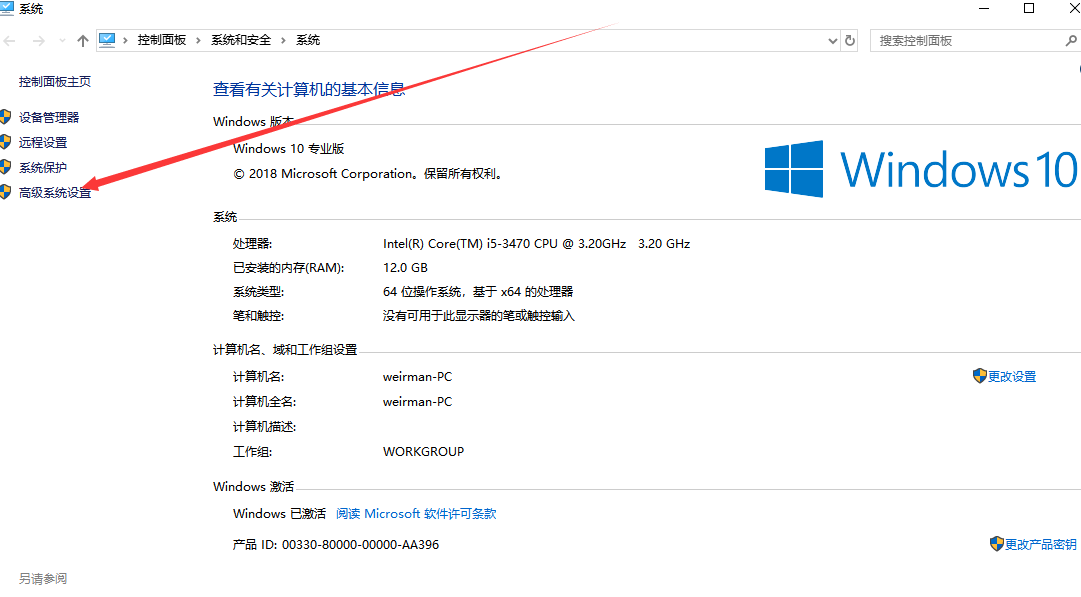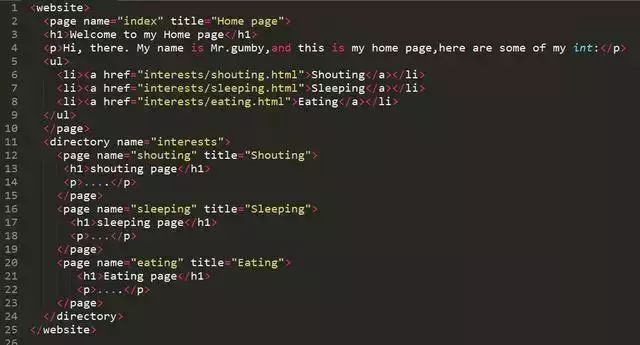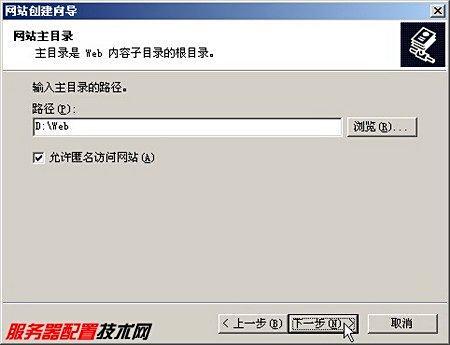html如何不关闭本页面
- 前端开发
- 2025-09-01
- 6
event.preventDefault()方法阻止表单默认提交行为,或使用`window.
HTML中,如果你希望在特定情况下不关闭当前页面,而是执行某些操作,比如跳转到另一个页面、刷新页面或者显示隐藏的内容,你可以使用JavaScript来实现这些功能,以下是一些常见的方法和详细的解释:
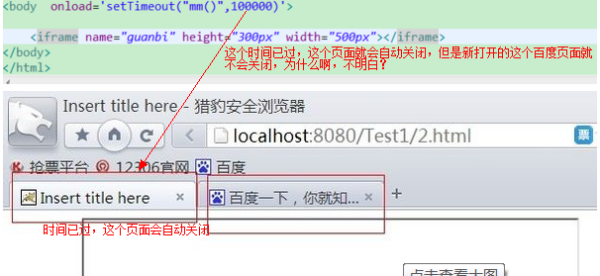
使用 window.location 进行页面跳转
window.location 对象允许你获取和设置当前页面的URL,通过设置这个对象的 href 属性,你可以让浏览器导航到一个新的页面,而不会关闭当前页面。
<!DOCTYPE html>
<html lang="en">
<head>
<meta charset="UTF-8">Page Redirect Example</title>
<script>
function redirectToNewPage() {
window.location.href = "https://www.example.com";
}
</script>
</head>
<body>
<h1>Redirect Example</h1>
<button onclick="redirectToNewPage()">Go to Example.com</button>
</body>
</html>
在这个例子中,当用户点击按钮时,redirectToNewPage 函数会被调用,浏览器会导航到 https://www.example.com,而不会关闭当前页面。
使用 window.open 打开新窗口
window.open 方法可以用来打开一个新的浏览器窗口或标签页,通过指定 _self 作为目标,你可以在当前窗口中打开URL,而不会关闭它。
<!DOCTYPE html>
<html lang="en">
<head>
<meta charset="UTF-8">Open New Window Example</title>
<script>
function openNewWindow() {
window.open("https://www.example.com", "_self");
}
</script>
</head>
<body>
<h1>Open New Window Example</h1>
<button onclick="openNewWindow()">Open Example.com in Current Window</button>
</body>
</html>
在这个例子中,点击按钮后,openNewWindow 函数会在当前窗口中打开 https://www.example.com。
使用 history.pushState 和 history.replaceState 进行单页应用导航
对于单页应用(SPA),你可以使用 history.pushState 或 history.replaceState 来改变URL而不重新加载页面。
<!DOCTYPE html>
<html lang="en">
<head>
<meta charset="UTF-8">Single Page Application Example</title>
<script>
function navigateToSection(section) {
history.pushState({}, '', '#' + section);
document.getElementById(section).scrollIntoView();
}
</script>
</head>
<body>
<h1>Single Page Application Example</h1>
<nav>
<a href="#" onclick="navigateToSection('section1')">Section 1</a>
<a href="#" onclick="navigateToSection('section2')">Section 2</a>
</nav>
<section id="section1" style="margin-top:500px;">
<h2>Section 1</h2>
<p>This is section 1.</p>
</section>
<section id="section2" style="margin-top:500px;">
<h2>Section 2</h2>
<p>This is section 2.</p>
</section>
</body>
</html>
在这个例子中,点击导航链接会调用 navigateToSection 函数,该函数使用 history.pushState 来改变URL,并滚动到相应的部分,而不会重新加载页面。
使用 location.reload 刷新当前页面
如果你想在不关闭当前页面的情况下刷新它,可以使用 location.reload 方法。
<!DOCTYPE html>
<html lang="en">
<head>
<meta charset="UTF-8">Refresh Page Example</title>
<script>
function refreshPage() {
location.reload();
}
</script>
</head>
<body>
<h1>Refresh Page Example</h1>
<button onclick="refreshPage()">Refresh Page</button>
</body>
</html>
在这个例子中,点击按钮会调用 refreshPage 函数,该函数会刷新当前页面。
使用 document.createElement 和 appendChild 动态添加内容
你也可以使用JavaScript动态地向当前页面添加内容,而不需要关闭它。
<!DOCTYPE html>
<html lang="en">
<head>
<meta charset="UTF-8">Dynamic Content Example</title>
<script>
function addContent() {
const newElement = document.createElement('div');
newElement.textContent = 'This is a dynamically added element.';
document.body.appendChild(newElement);
}
</script>
</head>
<body>
<h1>Dynamic Content Example</h1>
<button onclick="addContent()">Add Content</button>
</body>
</html>
在这个例子中,点击按钮会调用 addContent 函数,该函数会创建一个新的 div 元素并将其添加到页面的末尾。
FAQs
Q1: 如何在不关闭当前页面的情况下打开一个新的URL?
A1: 你可以使用 window.location.href 或 window.open 方法来导航到新的URL,而不会关闭当前页面。
window.location.href = "https://www.example.com"; // 在当前窗口中打开新URL
window.open("https://www.example.com", "_self"); // 在当前窗口中打开新URL
Q2: 如何在不重新加载页面的情况下改变URL?
A2: 你可以使用 history.pushState 或 history.replaceState 方法来改变URL,而不会重新加载页面。
history.pushState({}, '', '/new-url');
